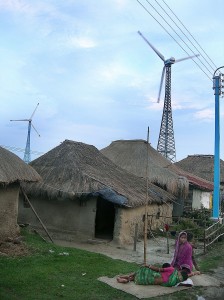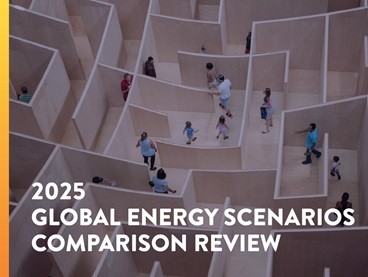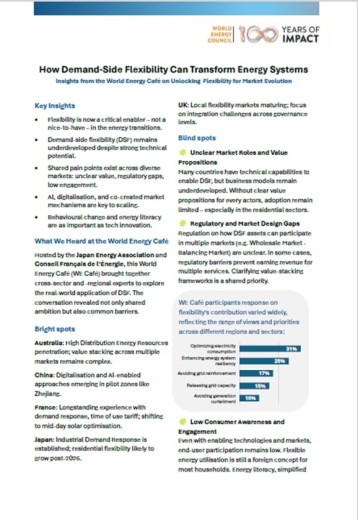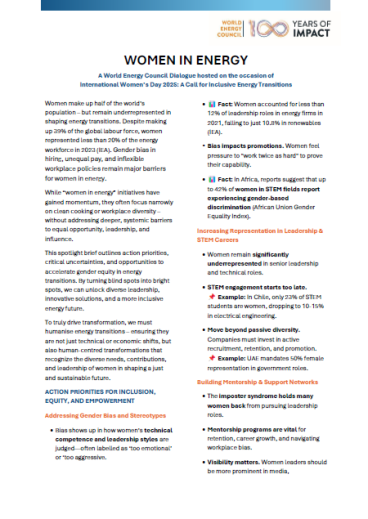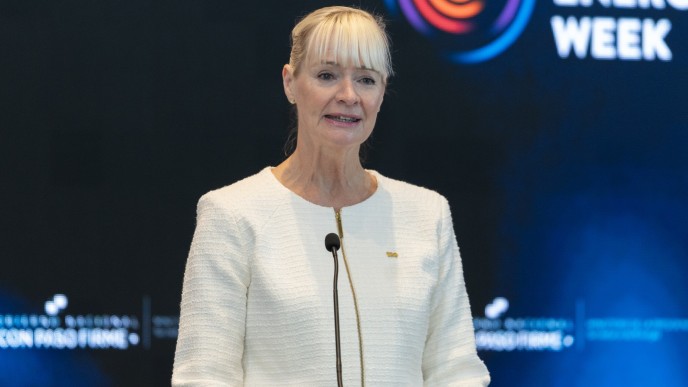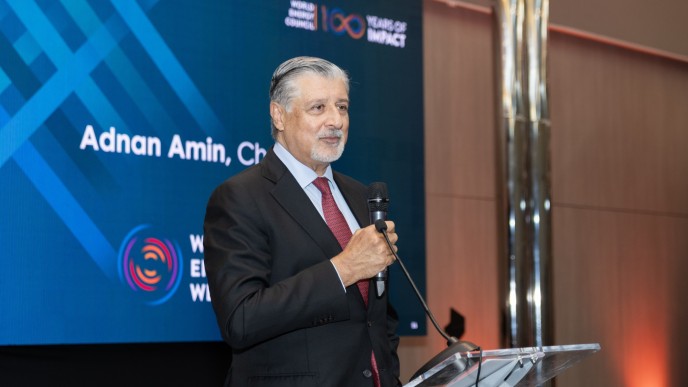The New Delhi WELS offered a platform for energy leaders to explore solutions in order to energise social innovation as a key strategy for solving "Energy Trilemma": finding the right balance between energy security, social equity and environmental impact mitigation. Renewables: Accelerating the Roll-out was a key topic and below is a summary of the key points addressed during the discussion.
-
Government policy is a very important factor in determining the energy future. Over the last ten years, we have tripled the supply of electricity. The origin of this demand is mostly from Asia. Coal in Asia will be significant, as and climate change accelerates. Renewable energy is still a very small part of the overall energy picture, but it is growing. Many technologies are used in most world countries to varying degrees, which makes this market dynamic. These regions are using many different methodologies to incentivise technologies, including FIT, mandates, financial incentives, etc.
-
Where are we in the cycle of renewables? Is the honeymoon over? Or is it the start of long-term stable development? Much of the development in renewables has, in the past, been in the OECD countries. The driver for the development was either technological development or energy security concerns, whereby we saw huge subsidies from governments to drive technological innovation. Therefore during times of recession when subsidies decreased, the industries either suffered or collapsed. From 2008, more and more renewable energies have shifted to the developing countries. This is good for two reasons: location is often better suited to renewable production (e.g. cheaper land and better access to sunshine for solar); secondly, there is less budgetary support and the technology therefore must be more efficient to succeed. The year 2012 was bad year for renewables, but it could be the start of new era of development. More work needs to be done on ground resource surveys for high quality data in order to lower tolerance rates and make investments more attractive.
-
What is the role of renewable energy in Africa? Namibia is in a region where no single country is self-sufficient. The governments of Africa acknowledge that they need security of energy supply for development. Africa is now discovering large amounts of fossil fuels; however, Africa also has some of the best conditions for renewables. The challenge is therefore to balance the use of fossil fuels and renewables, especially as renewables alone will not be enough. Electricity is a vehicle to development in Africa and yet African countries are very large with small and scattered populations. They are looking at mini-grids to see if modern energy can be extended to these scattered populations. They need to decide what comes first – affordability or accessibility?
-
Renewable energy is attractive in India partly due to security of supply. During the last six years, the price of the equipment required for renewable energy has decreased dramatically, particularly in solar. India aims to increase the renewables share in the energy mix and plans for renewables to make up one third of installed power capacity by 2030. India aims. Incentive schemes have been explored, but without much success. Technology and grid stability are another issues.
-
How is the renewables issue different in Latin America? There is a good mix of energy sources in Latin America. In 2012, around 60% of energy was supplied by large hydro, 22% by coal and gas, and no more than 2.5% by non-hydro renewables. This gives the region very good energy security, and in general, energy access is not a problem in Latin America. Latin America does not really consider renewables as a solution to climate change. Large hydro power is the biggest enemy of non-hydro renewables in Latin America as the price of hydro energy does not allow other energies to enter into the mix. Renewables are not really on the increase in Latin America, and at best the region will have just 4.1% non-hydro renewables share in twenty years’ time.
-
What are the challenges of interface with the grid of renewables including intermittency and peak and base load dilemma? Many focus on the positive of renewables, but there are negative effects of a sudden and huge development in renewables. In Italy, they are already producing almost 20% of energy from renewable sources. Approximately 50% of peak energy demand is met in many days by renewables. This turbulent development has happened in the last 3 years with the huge increase largely unanticipated; the pricing and economics of the system has completely changed, with peak prices occurring late in the evening. In addition, the fast growth in renewables generation is creating risk for the stability of the grid and new challenges for the system management are emerging. Imagine a sunny, windy weekend during summer. The thermal generation plants theoretically should be shut down. When the sun goes down, a huge ramp up of power from the thermal plants is required, 14 GW in 30 minutes. Furthermore, a complete change in power flows of electricity between Northern and Southern Italy is undergoing.
-
Biofuels could be used to replace oil only in places where there is no technology alternative – e.g. aviation and long road haul transport – not for personal transportation at this stage. We will not have enough land and water to grow sufficient biofuels to replace oil completely; we will have to do this through electrification instead.
Other topics discussed during the New Delhi WELS with summary notes available include : Energy-Water Nexus; Solving Power Equation, Getting The Policy Trilemma Right ; and Gas Markets Outlook: Implications of Shale Gas.
The next WELS will take place in Daegu, South Korea on 15 October 2013 as part of the 2013 World Energy Congress.

